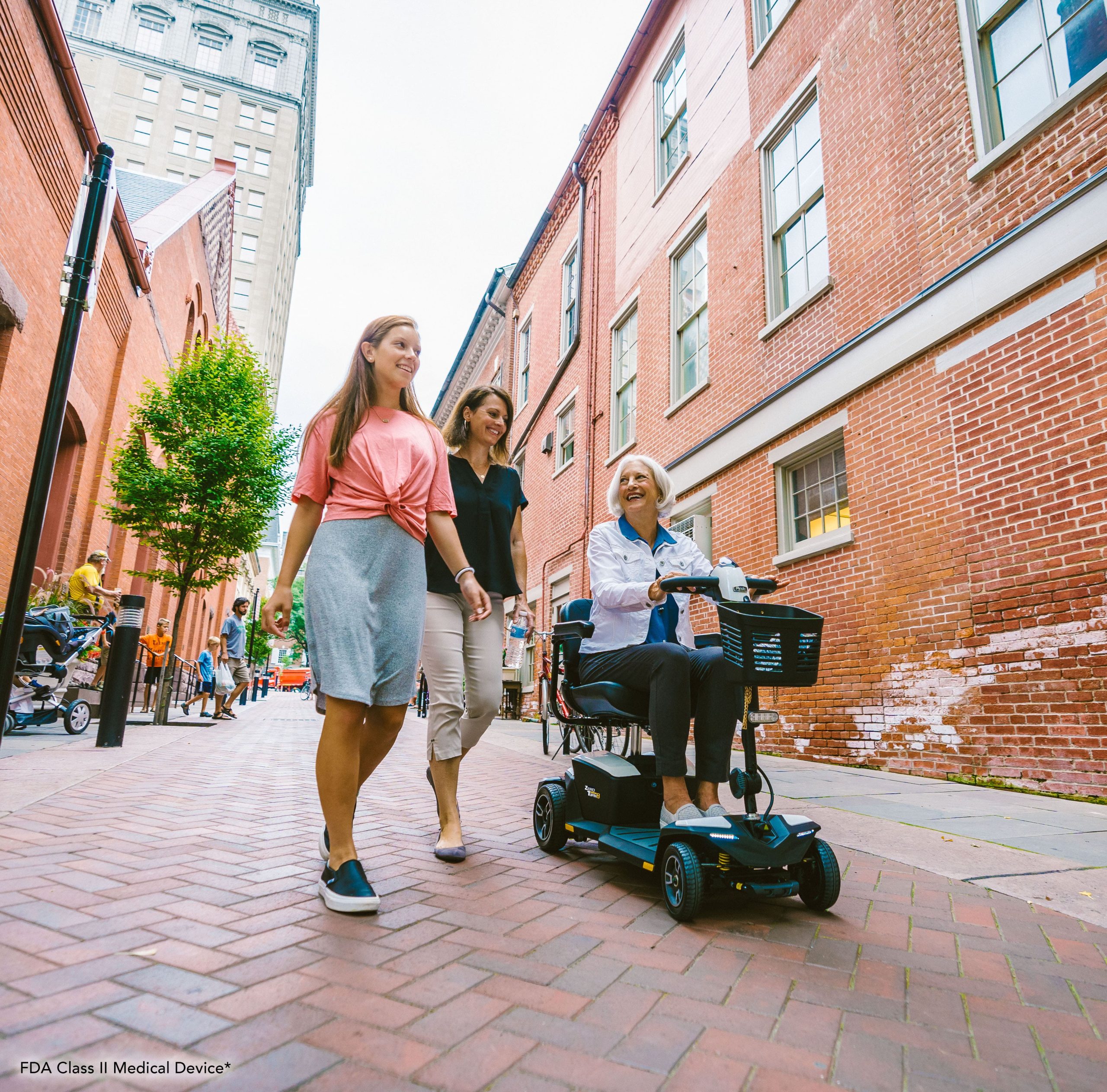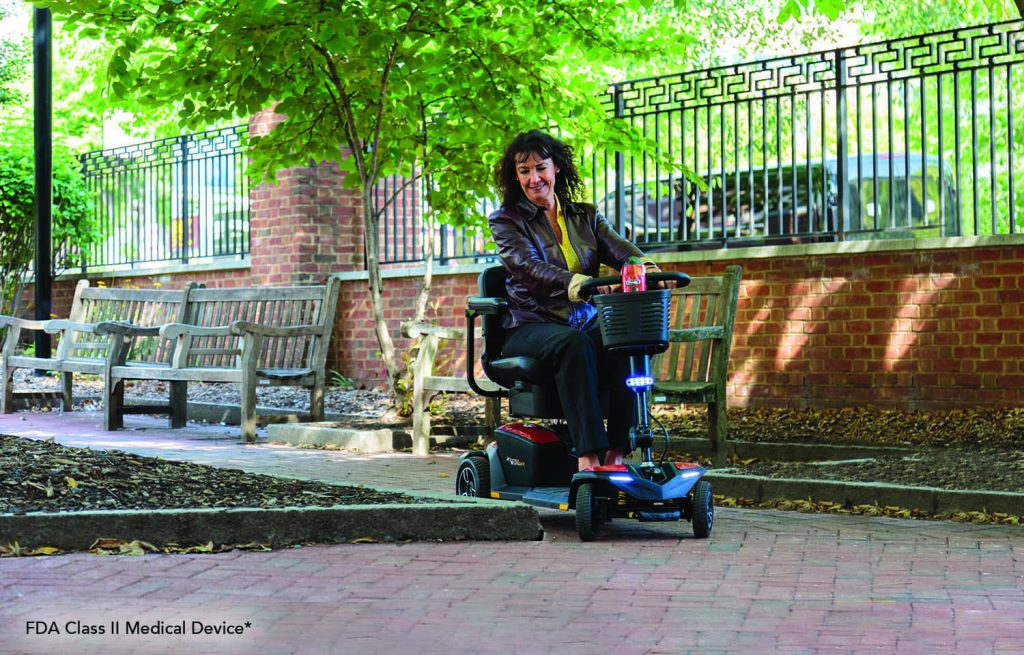For anyone facing mobility challenges, choosing the right wheelchair is an important decision. With the right wheelchair, daily life can be more comfortable and independent. However, the wide variety of options available can make the selection process feel overwhelming. Whether you need a wheelchair temporarily or for long-term use, understanding the basics will help you choose the one best suited to your needs.
In this guide, I’ll walk you through the key factors to consider when choosing a wheelchair, different types of wheelchairs, and some practical advice to ensure that your choice supports your mobility and comfort.
1. Manual Wheelchairs
Manual wheelchairs are propelled by the user or an assistant by pushing the wheels or handles. They are the most common type of wheelchair and come in a range of designs. Here are some key features:
- Self-propelled: Users can move themselves using large rear wheels with push rims.
- Transit or transport chairs: Designed to be pushed by a caregiver, these have smaller rear wheels and are often lighter and easier to maneuver.
- Folding options: Many manual wheelchairs fold up for easier transportation and storage.
Manual wheelchairs are ideal for individuals with enough upper body strength to propel themselves, or for those who have someone to assist them.
In this guide, I’ll walk you through the key factors to consider when choosing a wheelchair, different types of wheelchairs, and some practical advice to ensure that your choice supports your mobility and comfort.
2. Powered Wheelchairs
Powered or electric wheelchairs are motorized and controlled by a joystick or other interfaces. They are beneficial for users who lack the strength to operate a manual wheelchair. Powered wheelchairs typically offer:
- Variety of controls: Joysticks are most common, but some models can be controlled with head movements or even breath-operated systems.
- Custom features: Electric wheelchairs often come with customizable seating, tilt functions, and reclining options for comfort and support.
- Indoor and outdoor capabilities: These wheelchairs are designed for both indoor use and navigating outdoor terrain.
While powered wheelchairs offer increased independence, they tend to be more expensive and require charging and regular maintenance.
3. Lightweight and Ultra-lightweight Wheelchairs
These wheelchairs are designed for ease of transport and maneuverability. They are typically made from lightweight materials like aluminum or titanium, making them easier to propel and store.
- Portability: Lightweight wheelchairs are easier to lift and transport, making them ideal for users who travel frequently.
- Custom fit: Many models are customizable for better comfort and efficiency.
This type of wheelchair is suitable for users who may need to transfer their chair frequently, such as when traveling by car or airplane.
4. Sports Wheelchairs
Designed for athletic activities, sports wheelchairs are highly specialized and built for speed, agility, and performance. They’re commonly used for wheelchair basketball, tennis, or racing.
- Specialized design: Sports wheelchairs often have cambered (angled) wheels and a lightweight frame to improve speed and maneuverability.
- Durability: These chairs are built to withstand the impact of sports and are generally made of durable materials.
Sports wheelchairs are typically chosen by individuals who want to participate in sports, and they are usually custom-made for the user.
Key Factors to Consider When Choosing a Wheelchair
Now that we’ve looked at the different types of wheelchairs, let’s explore the essential factors to consider when selecting the right one for your needs.
1. User’s Mobility Needs
The level of mobility assistance you need is the most important factor. Ask yourself:
- Can I propel myself, or will I need someone to push me?
- Do I need a wheelchair full-time, or just for certain activities like outings or shopping?
- How often will I use the wheelchair outdoors or on rough terrain?
If you need minimal assistance or can self-propel, a manual wheelchair might be best. If you require full-time use and have difficulty with manual mobility, a powered wheelchair could offer the support you need.
2. Comfort
Comfort is critical, especially for long-term use. Ensure that the seat size, backrest, and cushioning offer proper support. Features such as reclining backs, adjustable footrests, and pressure-relief cushions can make a significant difference in comfort and help prevent pressure sores or muscle strain.
Some important aspects of comfort to consider include:
- Seat width and depth: These need to match your body size to prevent discomfort.
- Cushioning: Consider gel or foam cushions for added support and pressure relief.
- Adjustable features: Customizing the wheelchair to fit your body and posture is key to long-term comfort.
3. Portability
If you travel frequently or need to transport the wheelchair, portability is a crucial factor. Lightweight or foldable manual wheelchairs are ideal for individuals who need to easily store their chair in a car or other tight spaces. Powered wheelchairs, while offering more features, can be bulkier and harder to transport without special equipment like a lift.
4. Durability and Terrain
Consider where you will be using the wheelchair most often:
- Indoor use: If the wheelchair will primarily be used indoors, look for one with easy maneuverability in tight spaces.
- Outdoor use: If you’ll be using the wheelchair outside, especially on uneven surfaces, consider a model with larger wheels or one specifically designed for all-terrain use.
Ensure the wheelchair’s frame is made from durable materials such as steel or aluminum, which can handle the wear and tear of daily use.
5. Cost and Insurance Coverage
The cost of a wheelchair can vary widely based on the type, features, and customization options. While manual wheelchairs are generally more affordable, powered wheelchairs can be significantly more expensive.
- Insurance coverage: In many cases, health insurance may cover part or all of the cost of a wheelchair. Be sure to check your insurance plan and speak to your healthcare provider about obtaining the necessary documentation to qualify for coverage.
- Long-term investment: If the wheelchair will be used long-term, consider investing in higher-quality models or customizations that will enhance comfort and durability over time.
Customizing Your Wheelchair for a Better Fit
Every individual’s needs are different, and customizing a wheelchair can greatly improve comfort and functionality. Some common customization options include:
- Seat adjustments: Modifying the seat height, angle, or depth for better posture and comfort.
- Armrest and footrest options: Adding or adjusting these features to support the arms and legs.
- Additional supports: Custom cushions or lateral supports to provide extra stability and prevent pressure sores.
- Power assist add-ons: For manual wheelchair users who need occasional help, power assist devices can be added to provide an extra boost when navigating challenging terrain.
Conclusion
Choosing the right wheelchair is a personal decision that depends on your mobility needs, lifestyle, and budget. Whether you opt for a manual wheelchair, powered wheelchair, or a more specialized model, the goal is to find a chair that enhances your independence, comfort, and overall quality of life.
Take your time to assess your needs, and don’t hesitate to seek advice from healthcare professionals who can guide you through the decision-making process. Remember, the right wheelchair can make all the difference in your day-to-day life.
I hope this guide has given you a solid foundation for understanding the basics of wheelchair selection. If you have any questions or need further guidance, feel free to reach out to your healthcare provider—they’re there to help you find the right solution.






